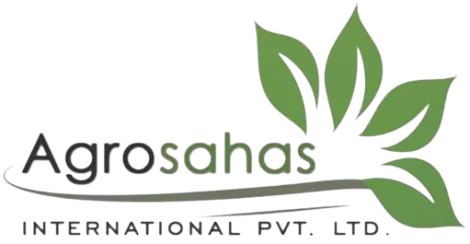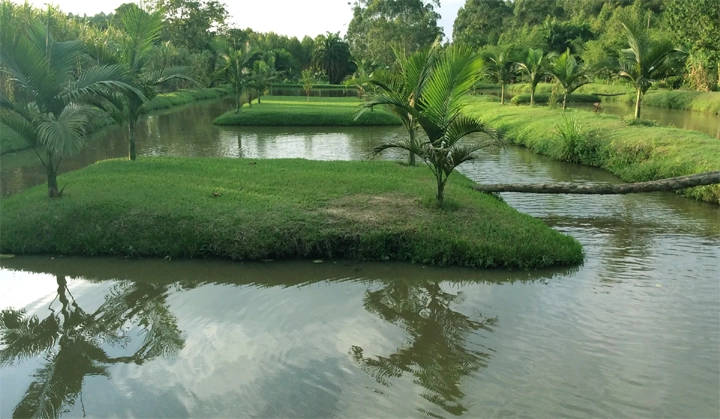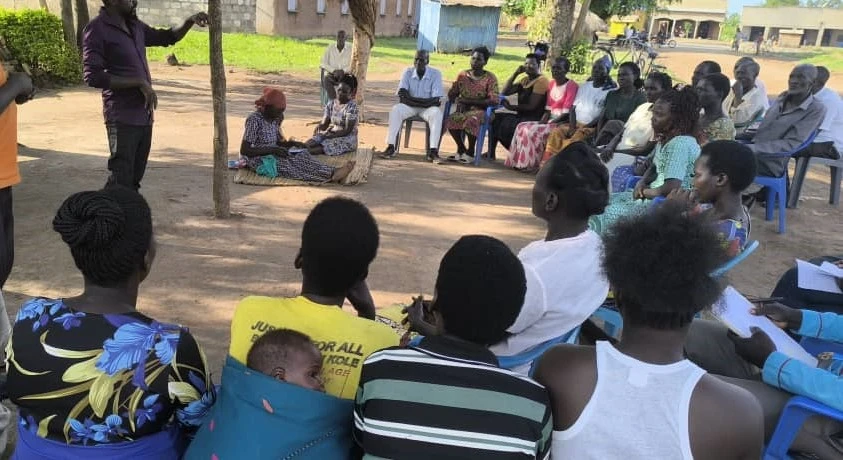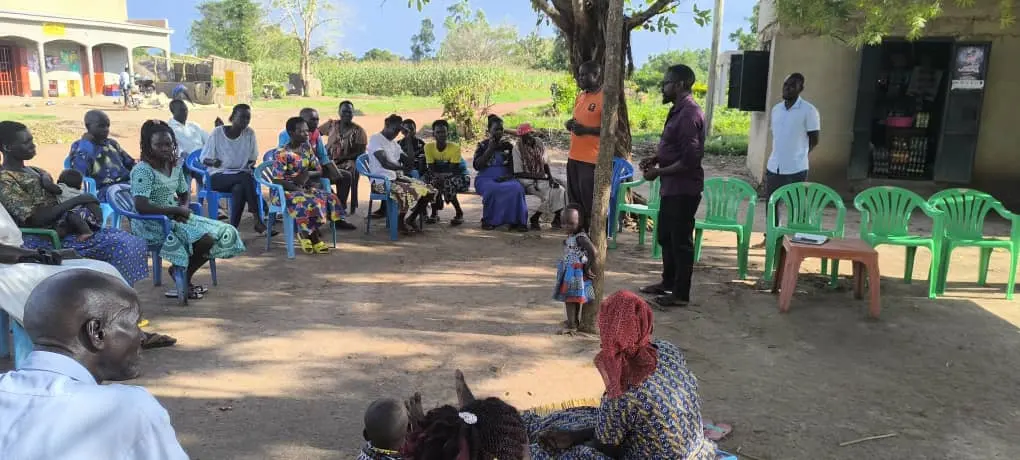In the quest for sustainable development, the focus on aquaculture has become increasingly significant. Agrosahas International PVT LTD is leading the charge in promoting sustainable fisheries and aquaculture practices, ensuring both environmental stewardship and economic viability. This blog explores the sustainable aquaculture projects undertaken by Agrosahas and their alignment with global sustainable development goals (SDGs).
Understanding Sustainable Development Goals (SDGs) for Aquaculture
The United Nations’ Sustainable Development Goals (SDGs) provide a framework for achieving a better and more sustainable future for all. Several SDGs are directly relevant to sustainable aquaculture, including:
- SDG 2: Zero Hunger Sustainable aquaculture contributes to food security by providing a reliable source of nutrition, helping to reduce hunger and malnutrition.
- SDG 12: Responsible Consumption and Production This goal emphasizes the need for sustainable practices in production and consumption, including the responsible management of natural resources in aquaculture.
- SDG 14: Life Below Water Focused on conserving and sustainably using the oceans, seas, and marine resources, this goal is crucial for ensuring the health of aquatic ecosystems.
Agrosahas’ Sustainable Aquaculture Practices
Agrosahas is committed to implementing and promoting sustainable aquaculture practices that align with these SDGs. Here are some key initiatives:
- Eco-Friendly Fish Farming Agrosahas supports fish farming techniques that minimize environmental impact. This includes the use of organic feeds, avoiding harmful chemicals, and implementing waste management systems that reduce pollution.
- Integrated Multi-Trophic Aquaculture (IMTA) IMTA is a sustainable practice where different species are farmed together in a way that allows one species’ waste to be used as a resource for another. For example, fish farming can be combined with seaweed and shellfish cultivation, creating a balanced ecosystem.
- Community-Based Aquaculture Empowering local communities to engage in aquaculture not only provides livelihoods but also promotes sustainable practices. Agrosahas offers training and resources to help communities establish and manage their aquaculture projects sustainably.
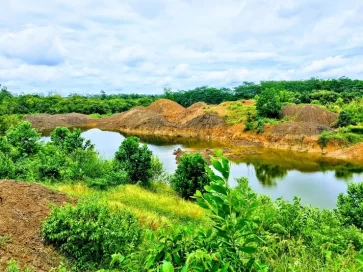
The Global Programme on Sustainable Fisheries and Aquaculture
The Global Programme on Sustainable Fisheries and Aquaculture aims to enhance the sustainability of fisheries and aquaculture worldwide. It focuses on improving governance, reducing the environmental impact of aquaculture, and promoting social equity. Agrosahas collaborates with this program to ensure its projects are aligned with global standards and contribute to broader sustainability goals.
Sustainable Development of Fisheries
Sustainable development of fisheries involves practices that ensure fish populations are maintained at healthy levels and that ecosystems are preserved. Agrosahas’ approach includes:
- Stock Management By monitoring fish populations and adjusting harvesting practices accordingly, Agrosahas ensures that fish stocks remain sustainable.
- Habitat Restoration Restoring and protecting aquatic habitats is crucial for the health of fisheries. Agrosahas engages in projects that rehabilitate degraded areas and protect vital ecosystems.
- Education and Advocacy Educating local communities about sustainable fishing practices and advocating for policies that support sustainable fisheries are integral parts of Agrosahas’ mission.
Benefits of Sustainable Aquaculture
Sustainable aquaculture offers numerous benefits, including:
- Food Security: Providing a reliable source of protein, contributing to nutritional needs, and reducing hunger.
- Economic Opportunities: Creating jobs and generating income for local communities, fostering economic development.
- Environmental Protection: Reducing the environmental impact of fish farming, preserving aquatic ecosystems, and promoting biodiversity.
- Resilience to Climate Change: Implementing practices that enhance the resilience of aquaculture systems to climate change impacts.
Conclusion
Agrosahas International PVT LTD is dedicated to promoting sustainable fisheries and aquaculture practices that align with global sustainability goals. Through innovative projects and community engagement, Agrosahas is making significant strides in enhancing water efficiency in agriculture and ensuring the sustainability of aquaculture. By adopting eco-friendly practices and collaborating with global programs, Agrosahas is contributing to a more sustainable and prosperous future for all.
